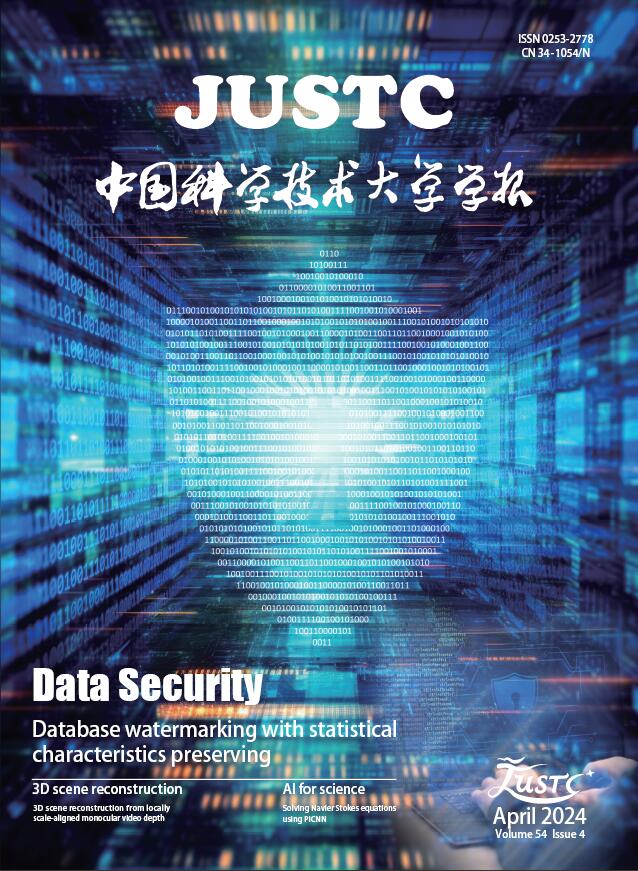Abstract:
To study the effect of Chaohu Lake sediment on inorganic nitrogen components of copper tailings and the growing development of leguminous plants, three leguminous plants Crotalaria juncea, Amorpha fruticosa, and Robinia pseudoacacia were potted in copper mine tailings sand as matrix with rotten airing Chaohu Lake sediment according to different mixing proportions. The results showed that the values of chlorophyll a, chlorophyll b and chlorophyll a+b of the leaves in C. juncea and R. pseudoacacia were the biggest. The ratios of chlorophyll a/b of the three leguminous plants were between 089 and 118. With the raising of Chaohu Lake sediment contents in the matrix, the ratios of chlorophyll a/b of plants increased. In the same treatment, the values of chlorophyll a and chlorophyll b, chlorophyll a+b in C. juncea were significantly higher than those of A. fruticosa and R. pseudoacacia (P<005). The activities of SOD and POD in the three kinds of plant leaves increased with the increase in the proportion of Chaohu Lake sediment. Nitrate nitrogen was the main form of availability nitrogen in the treatment matrix with the 3 kinds of leguminous plants growing, whose content reached 855%~9384% of the total inorganic nitrogen content. After adding the Chaohu Lake sediment, ammonium nitrogen and nitrate nitrogen contents in the matrix were both raised: 100~134 times and 134~157 times the value of the control in A. fruticosa matrix, 133~324 times and 074 ~ 110 times the value of the control in C. juncea matrix, and 085~116 times and 085~109 times of the control in R. pseudoacacia matrix. Comprehensive analysis shows that Chaohu Lake sediment can effectively improve the nutrition conditions of copper tailings matrix and promote plant growth. Under the improved nutrition condition, all three plants can be used as ecological restoration plants in tailings, among which C. juncea is the best.





